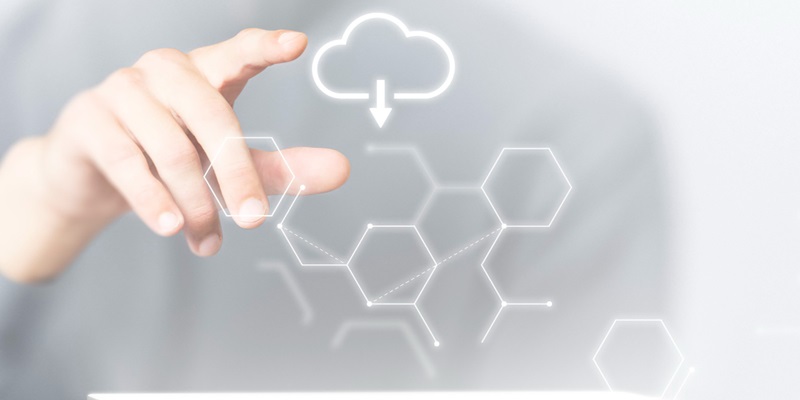In today’s digital landscape, organizations face constant threats of cyber-attacks and IT disruptions. Ensuring resilience against these challenges and the ability to quickly recover from disruptions have become critical imperatives. However, it is a misconception to assume that simply shifting workloads to the cloud guarantees complete resilience. This article delves into the multifaceted nature of implementing truly resilient IT and application landscapes, debunking common assumptions and providing actionable insights.
The Misconception of Cloud as a Guarantee for Complete Resilience
Despite the increasing migration to the cloud, organizations must not overlook the fact that it does not offer foolproof resilience. While cloud solutions provide many benefits, including scalability and redundancy, they are not immune to potential risks. It is vital for CIOs and IT professionals to understand that a holistic approach to resilience is required, encompassing various layers within the IT infrastructure.
Risks in Solution-Internal Resilience
To achieve comprehensive resilience, organizations must prioritize solution-internal resilience. This involves addressing potential coding and configuration errors, unexpected data constellations, and peaking resource requirements. By thoroughly assessing and mitigating these risks, organizations can minimize the impact of internal failures and maintain system availability.
Advantages of Achieving Resilience in the Cloud for Workload Peaks
Resilience regarding workload peaks is easier to achieve in the cloud due to its inherent scalability. The ability to dynamically adjust resources allows organizations to effectively handle sudden spikes in demand without compromising system stability. Cloud-based solutions offer the flexibility needed to swiftly adapt to changing circumstances and maintain uninterrupted services.
Lingering Issues with Hardware and Network Failures
While advancements in technology have improved overall system reliability, hardware and network failures remain a concern. Despite sounding like archaic problems, these issues can still occur and disrupt operations. Organizations must focus on implementing robust disaster recovery plans and redundancies, ensuring the availability and durability of their critical systems.
Crash Cascade Resilience to Prevent Domino-Style Application Crashes
Crash cascade resilience addresses the critical need to isolate failures and prevent cascading crashes across applications. When one application fails, it should not impact others, maintaining overall system stability. Employing fault isolation techniques, such as implementing a microservices architecture or containerization, can effectively mitigate the impact of individual application failures.
The Temporary Support Offered by Resilience Patterns
In the face of disruptions, resilience patterns can provide vital support, buying organizations time to respond and recover. Resilience patterns encompass various techniques, such as redundant systems, load balancing, and graceful degradation. These patterns offer short-term solutions, enabling organizations to continue operations for a period of time, be it minutes, hours, or even days, while the root cause is identified and remedied.
Withstanding Cyber-Attacks as a Critical Aspect of Resilience
In today’s digital landscape, cyberattacks pose a significant threat to organizational resilience. Preventing and detecting these attacks requires a comprehensive approach. Strategies such as system hardening, penetration testing, access control mechanisms, malware protection, and intrusion detection systems play crucial roles in fortifying the organization’s IT infrastructure and safeguarding against potential breaches.
Strategies for Preventing and Detecting Cyber-Attacks
To bolster resilience against cyber-attacks, organizations must adopt proactive security measures. System hardening involves configuring and maintaining systems securely, eliminating potential vulnerabilities. Penetration testing helps identify and address weaknesses within the infrastructure. Robust access control mechanisms limit unauthorized access, while malware protection and intrusion detection systems provide real-time monitoring and threat mitigation.
This exploration of the four critical scenarios – solution-internal resilience, workload peaks in the cloud, crash cascade resilience, and cyber-attacks – highlights the multifaceted nature of achieving a truly resilient IT and application landscape. Organizations must recognize that reliance solely on cloud solutions is not sufficient. By addressing coding errors, unexpected data constellations, resource requirements, hardware and network failures, and cyber-attacks, organizations can strengthen their overall resilience and ensure the continuity of their operations in an increasingly volatile digital landscape.

